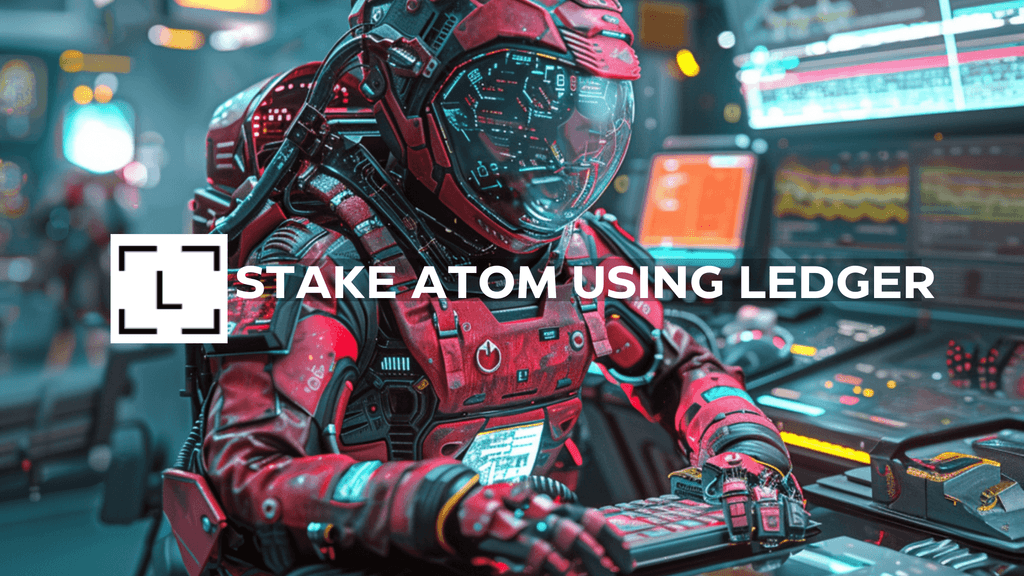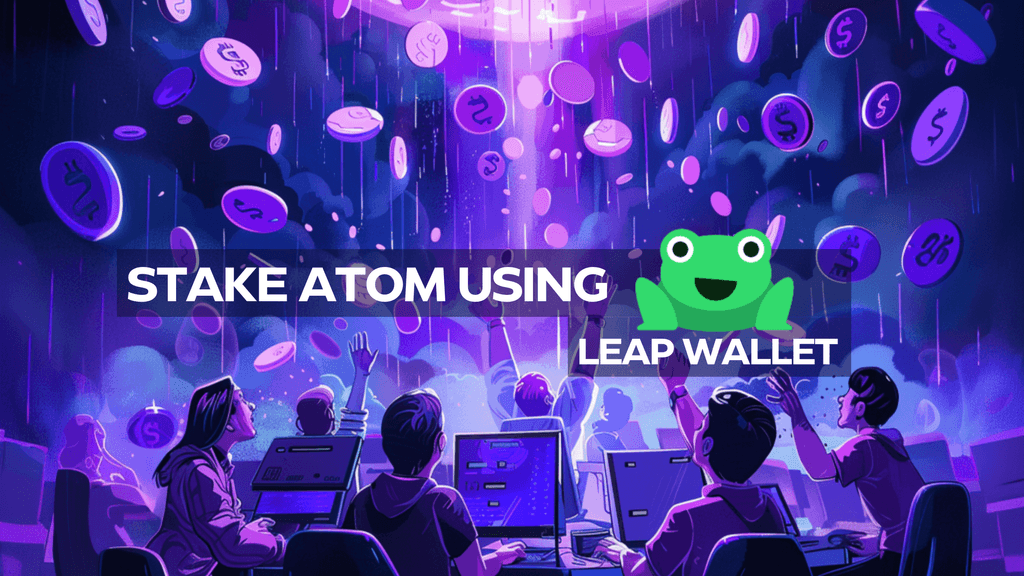Tech
A new version of dYdX v4 public testnet launched on August 10th with additional features better representing the final feature set of the upcoming dYdX v4 mainnet. While the first version of the dYdX v4 public testnet had just the BTC and ETH markets, this new testnet version has over 30 markets available. Some of the features included are rewards of testnet governance tokens for users as they trade, as well as being able to see and pay trading fees. Dynamic margin requirements were also introduced in this testnet version as well as several non-user facing upgrades and improvements.
Information was also released regarding the dYdX ERC-20 token migration from Ethereum to the dYdX v4 chain in Cosmos. For this migration, the dYdX Foundation has commissioned the development of an Ethereum smart contract as well as the user interface for this smart contract. The corresponding dYdX tokens on Ethereum will be distributed to users in the dYdX v4 chain in Cosmos by validators since the dYdX v4 chain validators will be able to see the information in the migration smart contract. This smart contract is expected to be deployed on the Ethereum mainnet before the mainnet launch of the dYdX v4 chain expected before the end of September next month. In addition, the dYdX Foundation plans to coordinate the open-sourcing of the source code of both the Ethereum smart contract as well as the User interface code.
Some additional parameters and information about dYdX v4 were released. Initially it is expected that there will be 100 active set validators, and there will be a minimum commission of 5%. The unbonding period will be 30 days. In addition, the tax for the community pool would be set to 0%, and there will be a downtime jail time of 60 seconds but it seems no downtime or double-sign slashing. The downtime jailing condition will be less than 20% signed blocks in the window of 12,000 blocks of around 5 hours. The fee schedule was also shared and it is included here for both the taker and maker fees.
Moreover, after each successful trade users could earn trading rewards up to 100% of a fill’s net trading fees, and these rewards will be paid in the governance token.
Another important update is the collaboration between dYdX and Skip Protocol to develop a public dashboard showing how much MEV each validator may be extracting. This is very important because given the design of dYdX v4 with an in-memory off-chain orderbook run by validators, they could extract MEV which is a harmful behaviour. Thanks to this dashboard, dYdX stakers will be able to see malicious validators extracting MEV and hence they could choose to delegate to honest validators instead. We are really excited about the upcoming dYdX v4 chain so we have joined the testnet and we will be amongst the mainnet validators in the upcoming dYdX v4 mainnet.
Project launches & network upgrades
Wormhole Gateway is a new Cosmos chain connecting liquidity and users from over 23 blockchains to the Cosmos ecosystem, and this is achieved with one simple IBC integration. Moreover, there are no additional bridge fees included. This is really exciting since amongst these 23 blockchains are for example Ethereum or Solana. Wormhole mentioned that more details will be shared soon about when or how users or projects will be able to start using Wormhole Gateway.
The Cosmos Hub v11 upgrade happened on August 16th, it included updates of Replicated security, the Global fee module and also the removal of the Liquidity module according to the previous proposal 801. The Liquid Staking Module was not included in this upgrade, but it is expected for the next v12 upgrade.
Governance
Simply Staking previously led important governance discussions in the Cosmos Hub such as increasing the community pool tax to 10% or the Replicated Security Third Party Audit. There is a new discussion about adding a minimum commission of 5% in the Cosmos Hub. Some additional ideas discussed related to this are increasing this minimum 5% commission further as new consumer chains join the Cosmos Hub as a form of tax for ATOM stakers to contribute to the costs of consumer chains since currently only validators are covering these costs. These ideas seem great, we fully support them and the proposal could include both the minimum 5% fee as well as a gradual increase of this minimum fee for each new consumer chain onboarded. Previously, a governance proposal to add a minimum fee of 5% in the Cosmos Hub was rejected, but the situation was very different at that time without the additional costs of consumer chains for validators. The 5% minimum commission will prevent validators attracting large delegations just by offering 0% fee or very low fees. This will be positive because delegators won’t simply choose validators with 0% or very low fee, instead since the minimum fee will be 5% they will more carefully select validators based on other differentiating variables such as uptime, governance participation, contributions and more. This will help to create a more sustainable and robust validator set in the Cosmos Hub. Furthermore, the competition will be more balanced since validators will no longer have to compete against other validators offering 0% fee or very low fee to attract delegations. Since almost a third of the Cosmos Hub validators have a fee of less than 5%, if this proposal is successful it is likely that there will be major redelegations and stake redistribution within the Cosmos Hub.
Events/conferences
Cosmoverse is scheduled this year for the 2–4 October in Istanbul. The last round of General Admission Tickets went live and as in the previous Cosmoverse editions the ticket platform is powered by OmniFlix.
Osmosis news
Osmosis mentioned that via a collaboration with Celestia the construction of fraud proofs for mesh security will be facilitated. By validators running Celestia light nodes, then Osmosis could guarantee Data availability faults also, and this is important since data needs to be available to construct fraud proofs for slashing due to state validity faults. Moreover, thanks to this integration with Celestia it will soon be possible for rollups to access liquidity and make cross-chain payments for Data availability fees on Celestia using any token available on Osmosis. In summary, Osmosis would be a connector between the IBC ecosystem and modular chains.
Once Namada launches, Shielded Swaps will be available on Osmosis, and these Shielded swaps would be executed in a second and as a single step. This feature will enable Osmosis users to privately swap tokens. Furthermore, Shielded Swaps will be a universal application, not only for Osmosis, this means that private interactions will be allowed for any chain connected to Namada and not only IBC compatible chains. So this would include for example staking ETH amongst many other potential applications.
Juno news
Juno proposal 311 passed, to implement the upgrade Invictus v16. Some of the highlights amongst the updates and new features are the upgrade to Cosmos SDK to v47 and CometBFT to v0.37, adding Skip’s protocol-owned MEV builder, the x/NFT module and more.
Persistence news
There is an interesting discussion in the Persistence governance forum regarding Persistence Community Owned Liquidity (PCOL) to bootstrap the PSTAKE/XPRT pool on Dexter. This idea would enable both the Persistence community to own liquidity and also the community pool will be better diversified. In addition, this proposed PCOL system aligns with the key pillars for a successful DeFi project: dApp traction, ecosystem alignment and community buy-in. The plan for the PCOL liquidity is to be bonded on Dexter indefinitely and all rewards to be sent back to the community pool at fixed time intervals of around two months.
Secret Network news
Secret Ethereum was announced with the goal of improving Ethereum’s privacy and data confidentiality. The phase zero of the roadmap started already with Bidshop which is a marketplace on Polygon facilitating encrypted private bidding via communication with a Secret smart contract. In addition, part of phase zero includes Unstoppable wallets, with more secure key management. The next phase of the roadmap will be completed by the end of the year, allowing developers on Ethereum to both store and use encrypted data on Secret network, while at the same time keeping the rest of their applications on Ethereum. This will be enabled by communication between Secret network and EVM L1/L2s via solutions such as Axelar GMP. After this phase, there will be more phases to enable additional use cases and privacy and Secret network will become a privacy-preserving L2 for both Ethereum and the EVM ecosystem.
Injective news
Liquid staked INJ markets are now available on Helix thanks to Stride’s stINJ. Stride recently joined the Cosmos Hub as a consumer chain benefitting from the security of the Cosmos Hub and it is currently the leader in ATOM liquid staking.
Great news about Mito Finance, since it is now possible to earn passive yield on gold. This represents the first Real World Asset (RWA) vault live on Mito Finance.
Injective has started quests in Galxe, which is a platform similar to Zealy, with the possibility to win access to a personalized .inj domain names. Make sure to participate in the Galxe quests to have a chance of winning your personalized INJ domain name!
AssetMantle news
The Yellow spaceship upgrade was implemented and it brings several innovative new features for an enhanced user experience with new modules. Some of the highlights include Micro NFTs or fractionalized NFTs, and modules such as classifications, to define different types of identities, orders or assets. Furthermore, the identities module facilitates a decentralised identity framework for secure and verified user interactions. Additional new modules included are the assets, maintainers, metas, orders and splits modules.
AssetMantle released an interesting article covering Micro NFTs, also known as fractionalized NFTs, as well as the different use cases enabled thanks to the combination of Micro NFTs and InterchainNFTs, here are some of the main highlights and below you will find the link with all the details. Micro NFTs are a great innovation because they represent smaller portions of the original asset, and therefore they allow for both better NFT accessibility and affordability. Some of the use cases enabled now are for example collectible tokens, which means being able to own a small part of a valuable and famous piece of art or new ways of fundraising. Furthermore, it is possible also to support the green energy transition by for example investing tokens representing ownership in a wind or solar plant. Diversifying in real estate investments is another use case enabled via Micro NFTs and interchain NFTs, this means being able to own fractional shares of several properties, this would be similar to a self-made Real estate investment trust (REIT) based on NFTs but with more flexibility, customizability and possibilities of advanced investment strategies, many additional use cases are enabled too and covered in the main article.
Stride news
Stride is currently selecting validators to stake their liquid staked ATOM and OSMO. The deadline for the Cosmos Hub application was initially the 6th of August but it was extended until the 14th August. In addition, the five members for the selection Councils to review applications for both the Cosmos Hub and Osmosis delegations were selected by Stride and signalling proposals added in the Cosmos Hub and Osmosis for approval of these proposed Council members before they start reviewing and scoring applications. After the deadline on the 14th August a total of 81 applications were received for the Cosmos Hub and 59 for Osmosis. The validators who applied were reviewed regarding their eligibility which consists of four requirements. An uptime higher than 99% for the last 3 months, at least 70% governance participation in the last 10 governance proposals, a commission less than or equal to 10% and older than three months. Each Council member will score both the technical and community contributions of each validator, with a total of 5 points for each category. The scores of the five council members will then be averaged for each validator, and when there is a conflict of interest that council member won’t score a specific validator. Once each validator receives a final average score they will be organised in four groups, the top 45 validators by amount staked, then the next 45 and so on. Finally, the top validators in each of these groups by average score will be selected for delegations. So for example, the 1st ranked validator in each of the four groups will receive the same delegation and so on. It is expected that once Stride governance approves the new list of validators to delegate, then the delegations will happen towards the end of September.
Stride announced that 450k ATOM from the Cosmos Hub community pool was provided to the stATOM-ATOM liquidity pool on Neutron’s Astroport DEX. This is great news because now this liquidity will facilitate Neutron applications using stATOM, such as Mars protocol or upcoming projects such as Fission Finance.
Chain4Energy news
C4E announced the EV Charging Solutions Testing Program. Applications are open to join this exciting program and the link is included here to apply. Those who participate will benefit from earlier app access and several discounts following the completion of test-missions and in-app registration. If you are an electric vehicle owner, a business owner with an EV charger or aiming to become an EV charger owner you should definitely participate in this testing program!
Furthermore, by participating in this program, you could have an opportunity to purchase your own and portable EV charger at preferential conditions, to provide your feedback regarding C4E products and also to learn about the latest updates related to EV charging technology.
The Chain4Energy Zealy quests and quizzes had 300k C4E in rewards in July which was three times larger than in June. Amongst the different tasks available some highlights included connecting to the C4E testnet via wallets such as Keplr or Leap, performing tasks in the testnet such as delegating or claiming rewards and more.
C4E announced their integration with Babylon Chain as several other Cosmos ecosystem projects also recently announced. This is great news since this integration will enable C4E to improve its network resilience by leveraging BTC’s security via Babylon, thus making the C4E chain more robust, as well as enabling more secure use cases including EV charging or energy communities.


